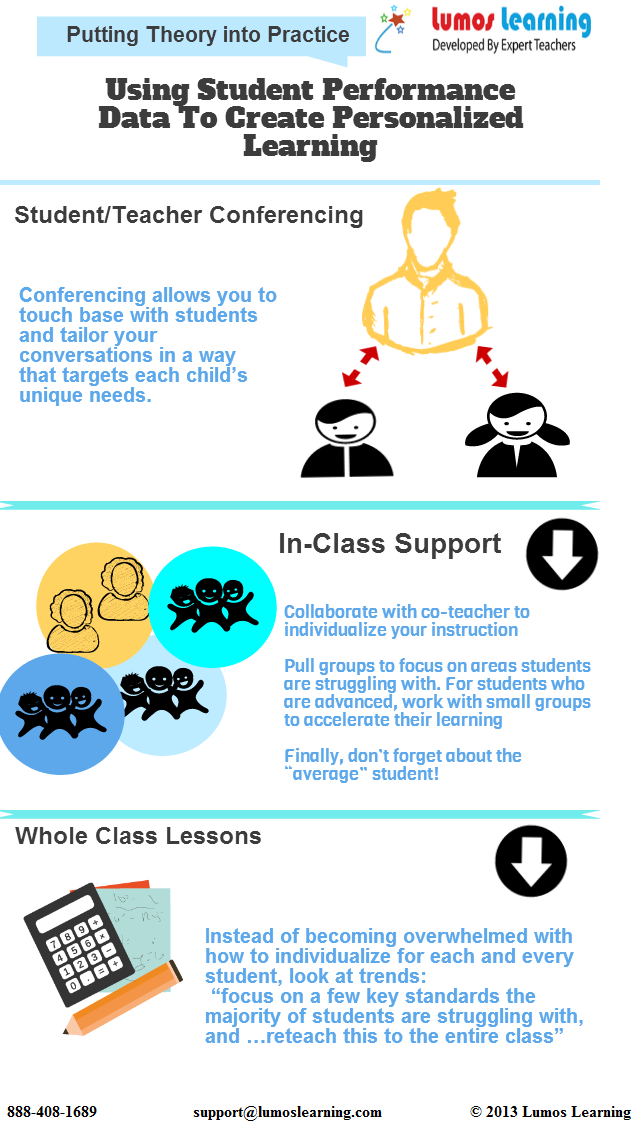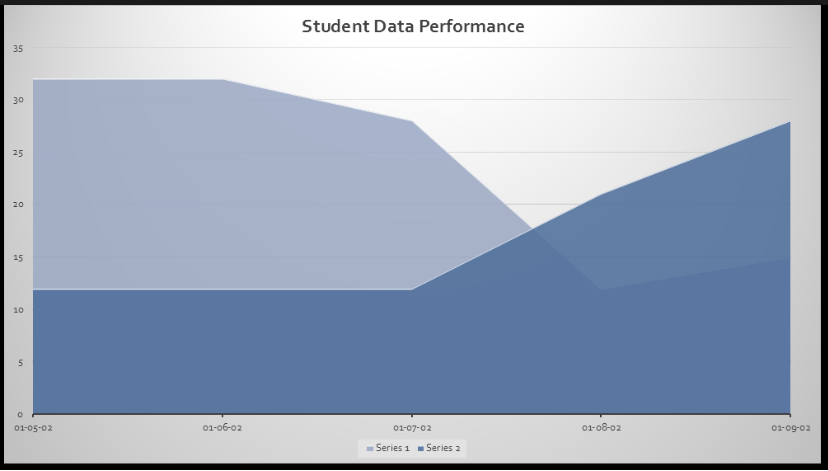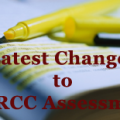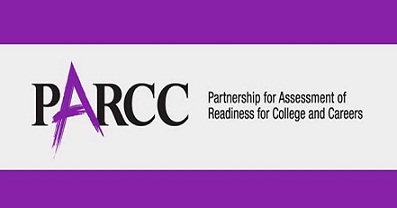Return To Teachers Speak

Teachers today are being asked to focus on data-driven instruction and using analytics to inform their teaching and planning. But what, exactly, do these terms mean, and how can classroom teachers effectively use data to impact student learning?
Simply put, data-driven instruction is “instruction that is guided by, and responsive to, information (data) we have about our students… usually obtained through tests…and teacher observations” (excerpt from Dr. Joseph K. Torgesen’s power point from the 2006 Principal’s Leadership Conference)
By using data, teachers can analyze “the numbers” in order to tailor instruction to meet individual needs. Typically, this data comes from standardized tests (such as state testing, IQ tests, etc.), attendance data, district-wide assessments, discipline data, and more. But in a class of 20-plus students with one teacher (sometimes two), how can this realistically work? Below are a few suggestions for teachers who want to transition into a more personalized instructional approach:
Student/Teacher Conferencing:
If you can develop a routine that frees you up to host individual conferences with students, this provides you with the perfect time to individualize your delivery to meet a child’s needs. In English Language Arts, for example, teachers may wish to conference with students during writing time or independent reading: conferencing one-on-one during these times makes sense, as the other students are engaged in a meaningful activity (instead of mere busywork). Conferencing allows you to touch base with students and tailor your conversations in a way that targets each child’s unique needs.
In-Class Support:
If you are fortunate enough to have a co-teacher, collaborate with him or her to individualize your instruction as much as possible. You can take turns pulling groups to focus on areas students are struggling with. And for students who are advanced, you can effectively work with small groups to accelerate their learning and delve into topics at a deeper level. Finally, don’t forget about the “average” student! With two teachers in the room, you can hone in on skills that match these learners’ needs, too.
Learning Stations, Cooperative Learning Groups, and Literature Circles: By dividing your class into smaller groups, you can systematically design activities and lessons that target areas of weaknesses for particular groups of students. For instance, if you are working on punctuation skills, you may have one group working on the basics, another group doing review work, and another group extending their learning. By using this leveled approach you can narrow the focus for each group, and this will save time (i.e., there’s no “fluff” for kids who don’t need it, and it won’t be too advanced for learners who are falling behind).

Whole-Class Lessons:
The ASCD suggests that teachers who are just beginning to use data to inform their instruction do so incrementally. Instead of becoming overwhelmed with how to individualize for each and every student, look at trends: “focus on a few key standards the majority of students are struggling with, and …reteach this to the entire class”; or collaborate with colleagues to determine standards that most students are struggling with and then agree “on the ‘what’, ‘when’, and ‘reassessment’ plan” as a team (from the article, “New Leaders for New Schools” by Ben Fenton and Mark Murphy).
With some minor modifications, teachers can be well on their way to individualizing their instruction for their learners. Of course, with greater resources and programs, school districts may begin to make a greater impact so that every student can consistently receive an education and curriculum that is customized to meet his or her unique needs, talents, abilities, and interests. In the meantime, teachers can start where they are and take steps that work with their resources and materials in an effort to move toward a more organic style of teaching that can be flexible and responsive to individual needs.






Pingback: Resource to help parents and teachers understand student performance | Lumos Learning